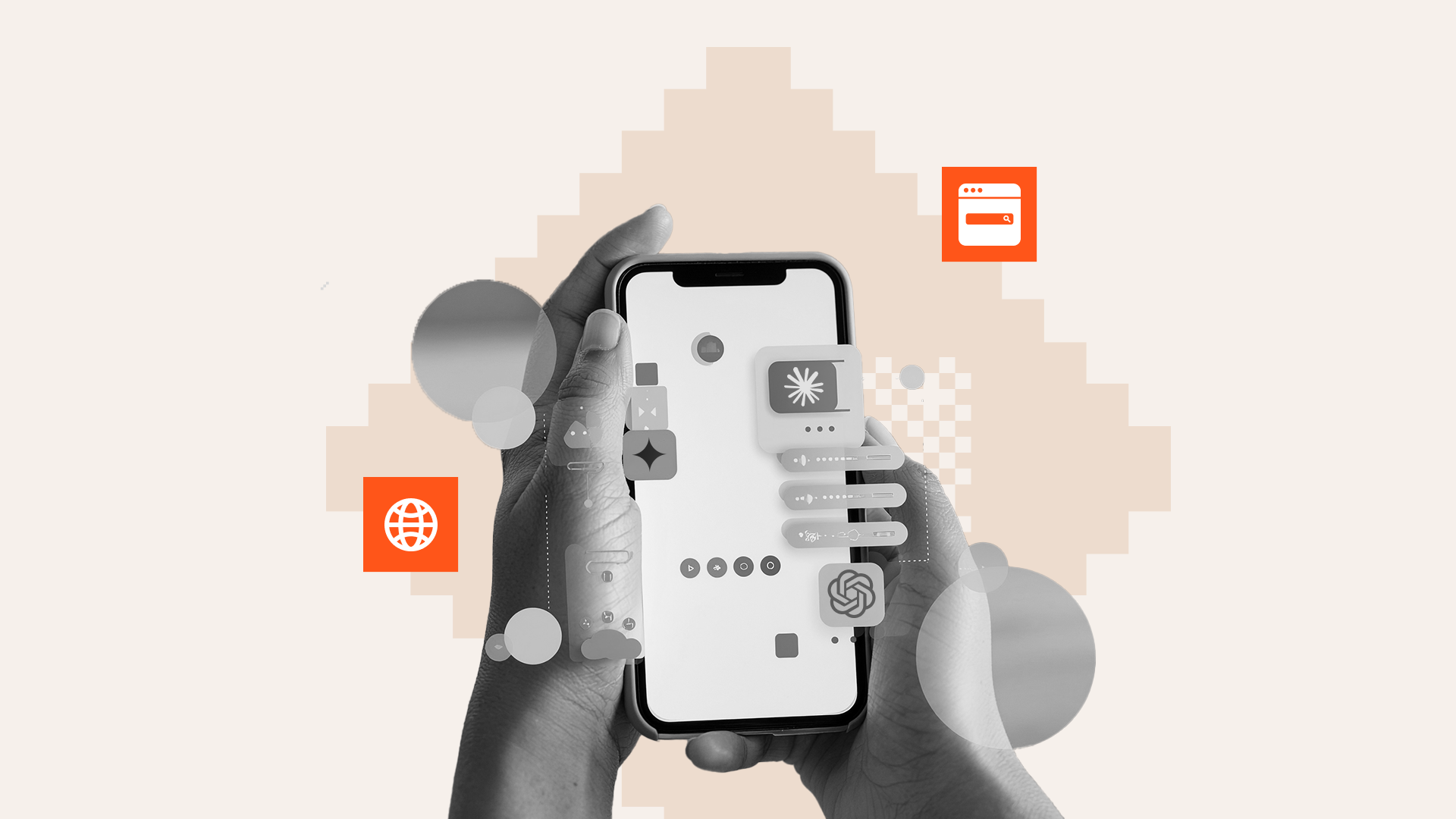Key Takeaways
• AI companions have cracked retention where generic chatbots haven't
• Horizontal chatbots fail at depth: Generic AI tools lack memory, emotional context, and personalization—creating fragmented utility rather than the relationship-driven experiences users increasingly want.
• Global companion apps lean heavily into fantasy: US users engage with character-led roleplay, while China's apps (60-70% female users) thrive on anime-inspired romantic narratives and gamification.
• India needs grounded, not fantasy-driven AI: Success requires local languages, cultural familiarity, WhatsApp-like UX, and emotionally intelligent companions that feel relatable—not imported fictional personas.
• The Indian opportunity is functional evolution: Once trust is built through emotional connection, companions can become multi-functional assistants handling health reminders, financial literacy, and localized daily guidance.
Over the past few years, horizontal LLM interfaces (ChatGPT, Grok, Gemini) dominated headlines, yet one of the stickiest consumer behaviours globally has emerged elsewhere: AI companions
This traction was not accidental. Long before AI companions, millions of US teens were already engaging in roleplay with fictional personas on Discord, Reddit’s r/Roleplay. AI simply automated the “other side” of that conversation—removing friction, reducing dependency on other humans, and making the fantasy available 24×7 at zero marginal cost.
This behaviour laid the groundwork for a highly retentive, emotionally sticky use case — one that generative AI could supercharge
We believe a similar opportunity exists in India — but unlike the West or China, it will require uniquely Indian solutions, sensitive to local languages, cultural preferences, and behavioural nuances. The growing popularity of astrology apps in India underscores a deep, latent demand for emotionally resonant products that offer personalized guidance across life domains such as relationships, careers, and self-discovery
Rise of Generic Chatbots & Why They Hit a Limit
Horizontal chatbots like GPT, Gemini, and Grok have seen strong uptake in India, particularly among tech-savvy users.
However, retention remains restricted to limited use-cases particularly around work. The reason is structural: these tools are built for breadth, not depth.
Why Generic Chatbots Fall Short:
- Fragmented Utility: Users need to constantly prompt these bots and context isn't carried over well.
- One-size-fits-all model: A user looking for relationship advice and another looking for loan options or travel options get the same tone.
- Lack of Emotional Context: These bots lack memory and empathy, which are essential for stickiness.
- Too Much Cognitive Load: In India especially, users seek clear direction, not an overload of options or vague replies. That’s why contextual, suggestive prompts by AI are essential — to guide users smoothly and expand the scope of conversation with minimal friction.
As users evolve, they don’t just want an all-knowing assistant. They want a relationship-driven, emotionally aware, task-oriented guide who knows them well — which is where verticalized AI can shine.
Companion Apps: Global Evolution (US & China)
In the US, the companion space has been overwhelmingly character-led. From Replika to Character.AI, users engage with customizable avatars for emotional connect, fantasy roleplay. These apps serve as judgment-free zones where users can explore fictional relationships and personalities — with significant appeal among younger demographics seeking constant, on-demand emotional attention.
In China, a similar but culturally distinct pattern has emerged. Apps like Xingye and EVA lean heavily on anime-inspired designs, gamified relationship arcs, and romantic or flirtatious narratives — especially popular among female users (60–70%), driven by the country's long-standing affinity for Otome games and Anime culture. These apps blend fantasy, romantic subplots, and interactive storytelling — becoming safe spaces for emotional escapism.
Use Cases Observed:
- Daily Chit-Chat & Venting
- Relationship Advice
- Customizable Romantic Roleplay
- Fantasy/Character Engagement
In both markets, AI companions have evolved into entertainment-first platforms that blur the lines between gaming, intimacy, and utility — built upon decades of roleplay behaviors (Discord RP in the US; anime, mobile games, and fandom culture in China).
India is Different — and That’s the Opportunity
India shares many of the same core needs as global users — loneliness, motivation, emotional support — but the path to solving them is deeply contextual. The challenge here isn’t demand, it’s design: how do you build an AI that feels like it belongs in India, not imported from abroad?
What India Needs: Local, Grounded, Emotionally-Aware AI
1. Language & Cultural Familiarity
- India’s linguistic and cultural diversity means that AI must feel local. Code-switching, regional cues, and cultural relevance aren’t optional — they’re essential to building user trust.
2. Emotional Intelligence
- For first-time bot users, empathy and contextual nudges are key. The AI must feel human — mirroring the emotional support people typically get from family or close friends.
3. UX & Interface
- Design must feel intuitive and familiar. WhatsApp-like interfaces, voice-first features, and low-friction interactions are critical to reach broader India.
4. Character vs. Companion
- Unlike the US or China, India doesn’t gravitate toward fantasy. Users prefer grounded, helpful companions they can relate to — not fictional personas.
The Evolution: From Friend to Function
In India, the real unlock begins after the first chat. Once trust is built, the AI companion graduates from being a novelty to a multi-functional assistant that is equal parts friend, guide, and problem-solver.
Once trust is established, AI companions in India can evolve into highly functional, emotionally aware assistants. From casual daily check-ins to health reminders to financial literacy support, these companions can blend warmth with utility. They don’t just offer a conversation — they offer continuity, motivation, and localised help in users’ everyday lives.
AI companions are not just a “feel-good” use case — they are a distribution wedge into highly retentive, high-frequency behavior. With time, they can become embedded across emotional, intellectual, and transactional layers.
India’s diversity, depth of need, and emotional intensity make it the perfect ground for companion-led AI — but the execution must be radically different from the West.


.png)
.png)

